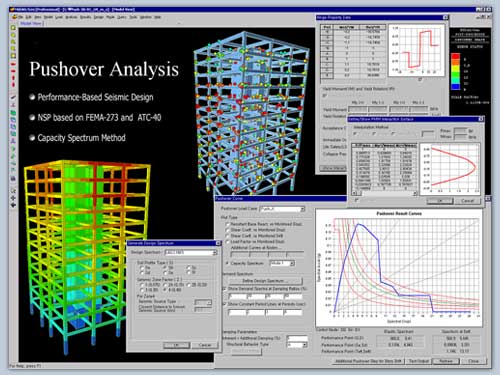
The adoption of Concrete Cross Beams (CCBs) allows for circumventing such issues and represents an enhanced solution for deck-to-pier connections in SCC bridges with continuous deck. More precisely, tensile stresses occurring in the concrete slab and compression of bottom flanges of steel girders may cause concrete cracking and steel buckling, respectively. Former experimental campaigns aimed at investigating the static response of simply supported continuous composite decks subjected to gravity loads, highlighted deck-to-pier connections, which typically experience negative moments, as critical elements. Higher stiffness and strength achieved with a reduced overall weight together with an extensive use of prefabri-cation justify the growing diffusion of Steel-Concrete Composite (SCC) bridges since the early 2000s, especially for the 20 ÷ 80 m span range. Based on the calculations and international data the plastic design of girder bridges appears to be a promising way, at the same time more research required. The redesign yielded to a structure with cleaner lines with considerably less section transition and about 25% structural steel saving.


It should be noted that these results reflect only one example nevertheless, they are in good agreement with the American results. It was found that the safety levels of these limit states at least reach or exceed that of the first yield or first hinge. The calculations showed that − for the original structure − the traffic load could be increased by ~30 and ~60% over the first yield in case of using first hinge and shakedown limit states, respectively. This was redesigned following plastic principles, the relevant provisions and the findings of the researchers. The selected bridge is a composite, plate girder, continuous structure formed by three spans (30,0-40,0-30,0m). To ensure the ductility of the pier-sections innovative structural solutions gathered and evaluated. The safety levels of these limit states were also investigated. The main emphasis is placed on the ultimate load bearing capacity, which is determined using various limit states, such as first hinge, incremental collapse and plastic collapse.

In the first part of the study the necessary theoretical background is overviewed, the related literature is examined. The aim was to inquiry the plastic design in the framework of the Eurocode through an existing elastically designed bridge. However, the theoretical and experimental aspects of plastic design are well established only in the US provisions are available for the designers. The former provides the “cheap” stiffness and strength in compression while the steel in tension ensures the ductility. These structures are suitable for this due to the synergetic combination of the concrete and steel. The primary purpose of this thesis is to investigate the plastic reserve of composite plate girder bridges.


 0 kommentar(er)
0 kommentar(er)
